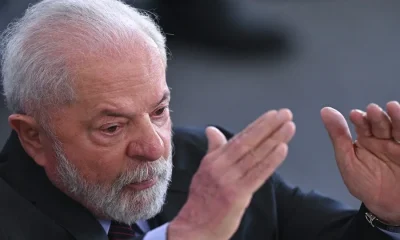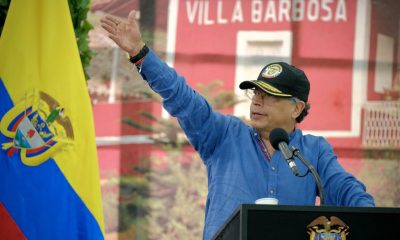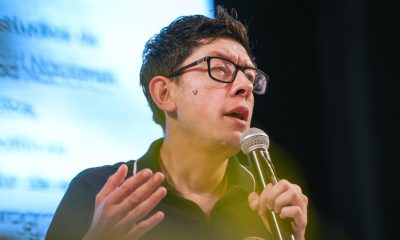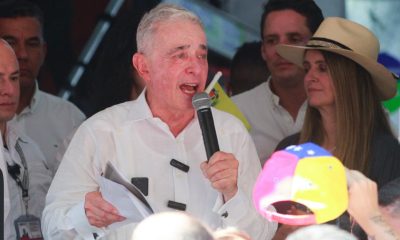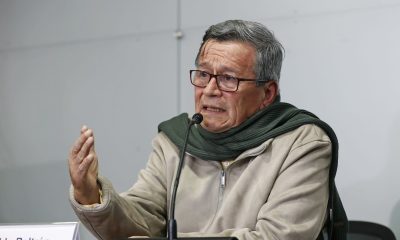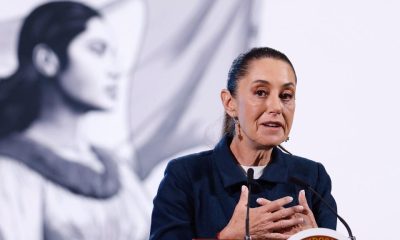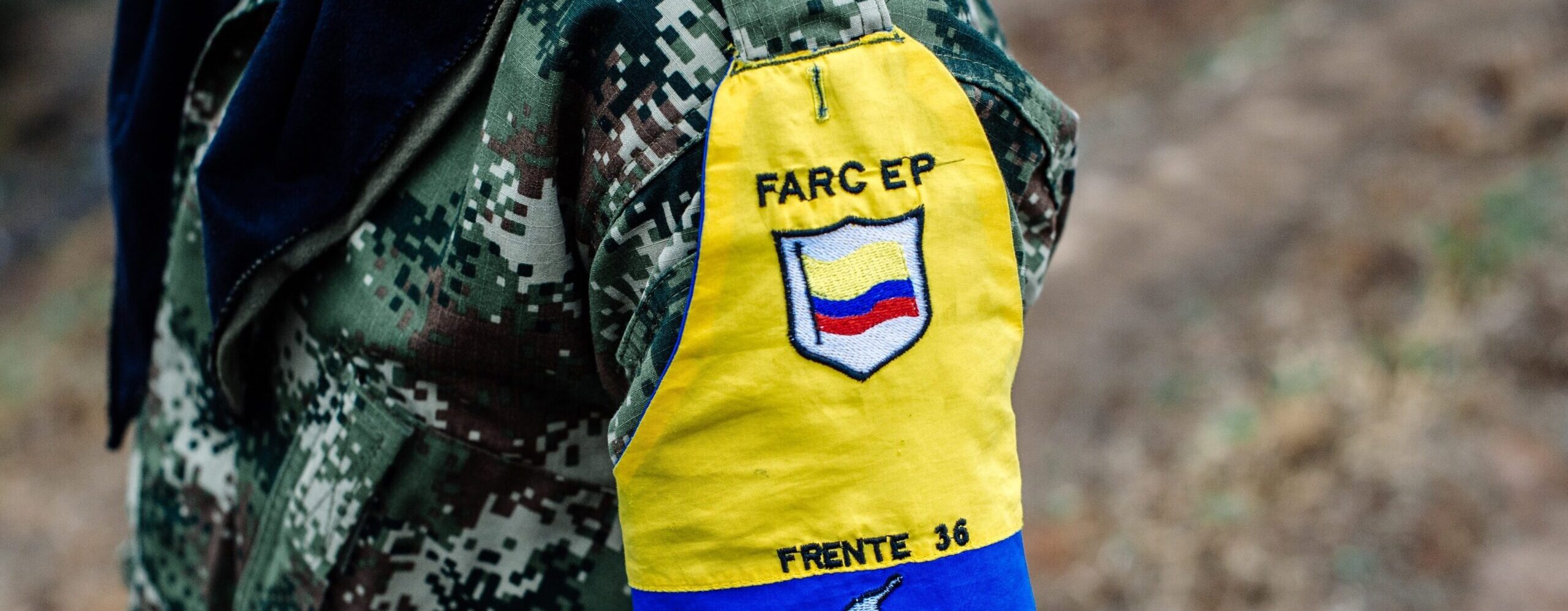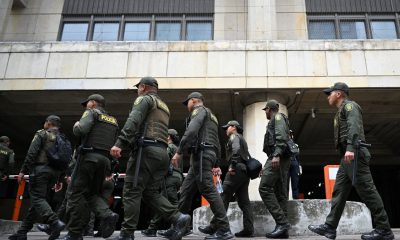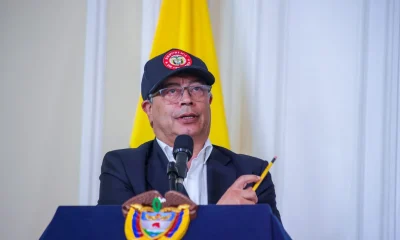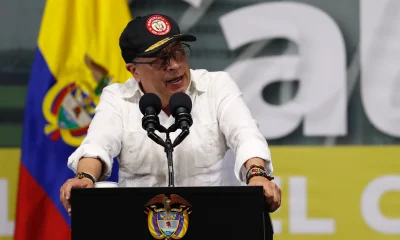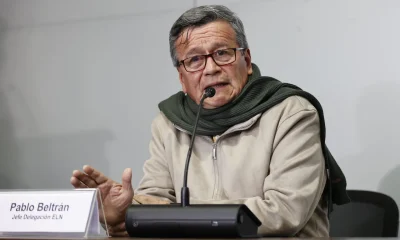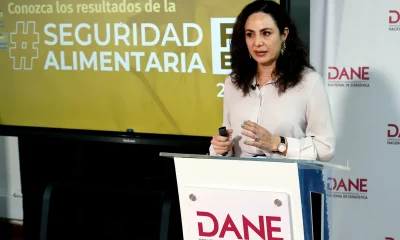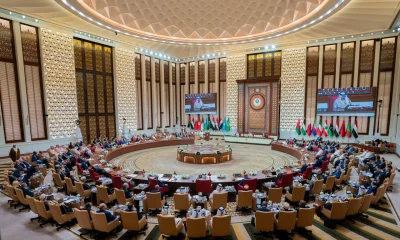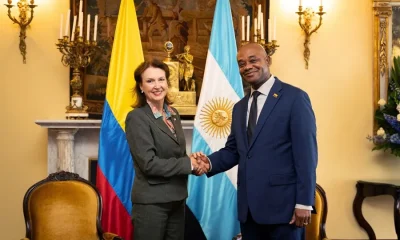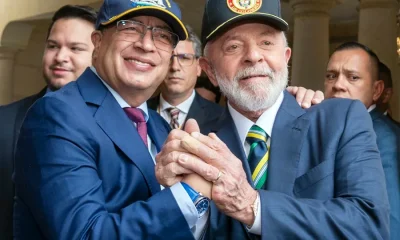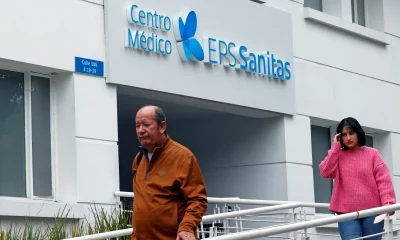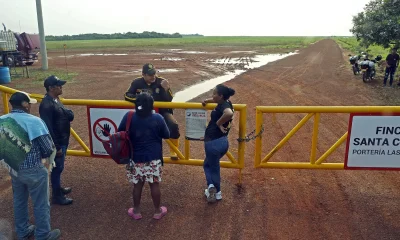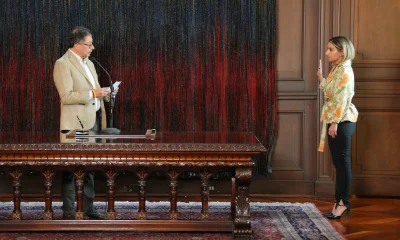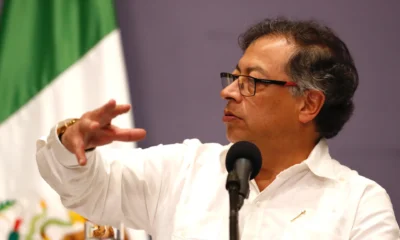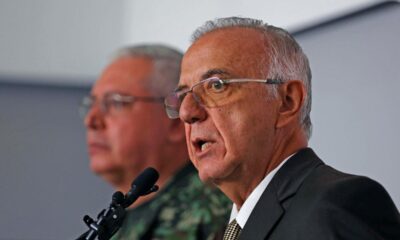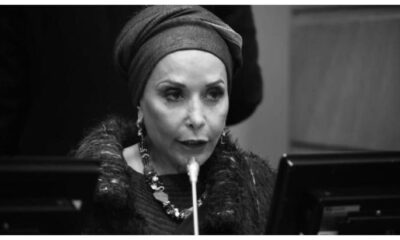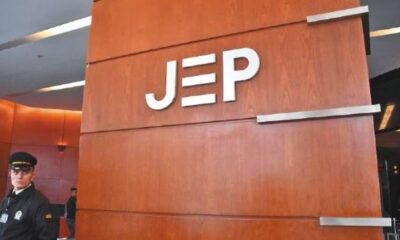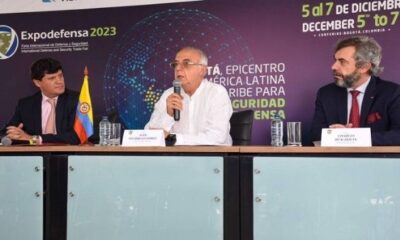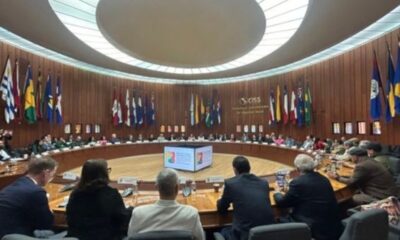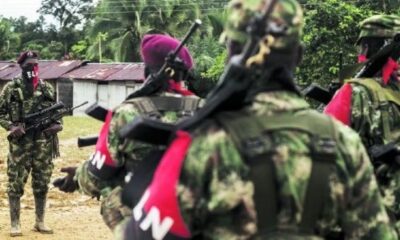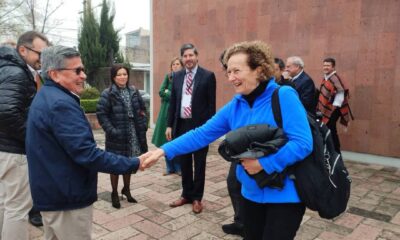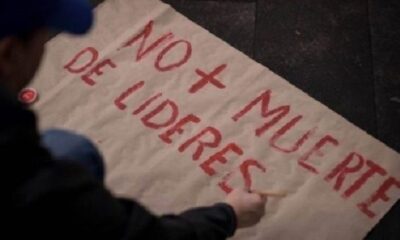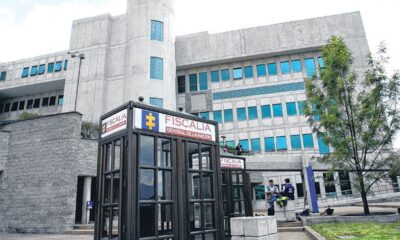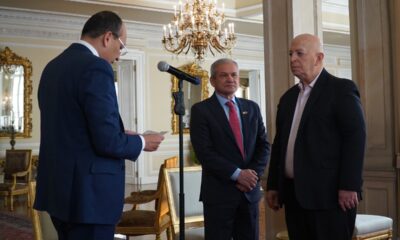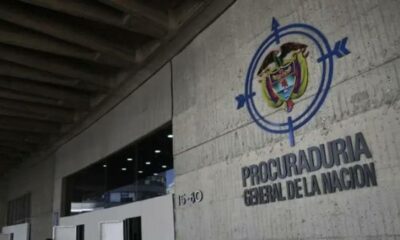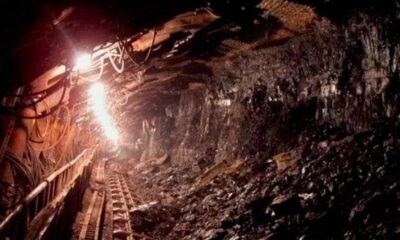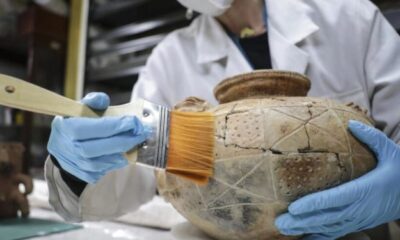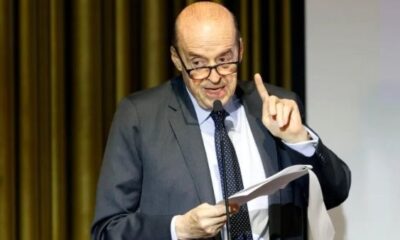International
Petro believes that the regional fronts of the guerrillas should be in the negotiation with the ELN
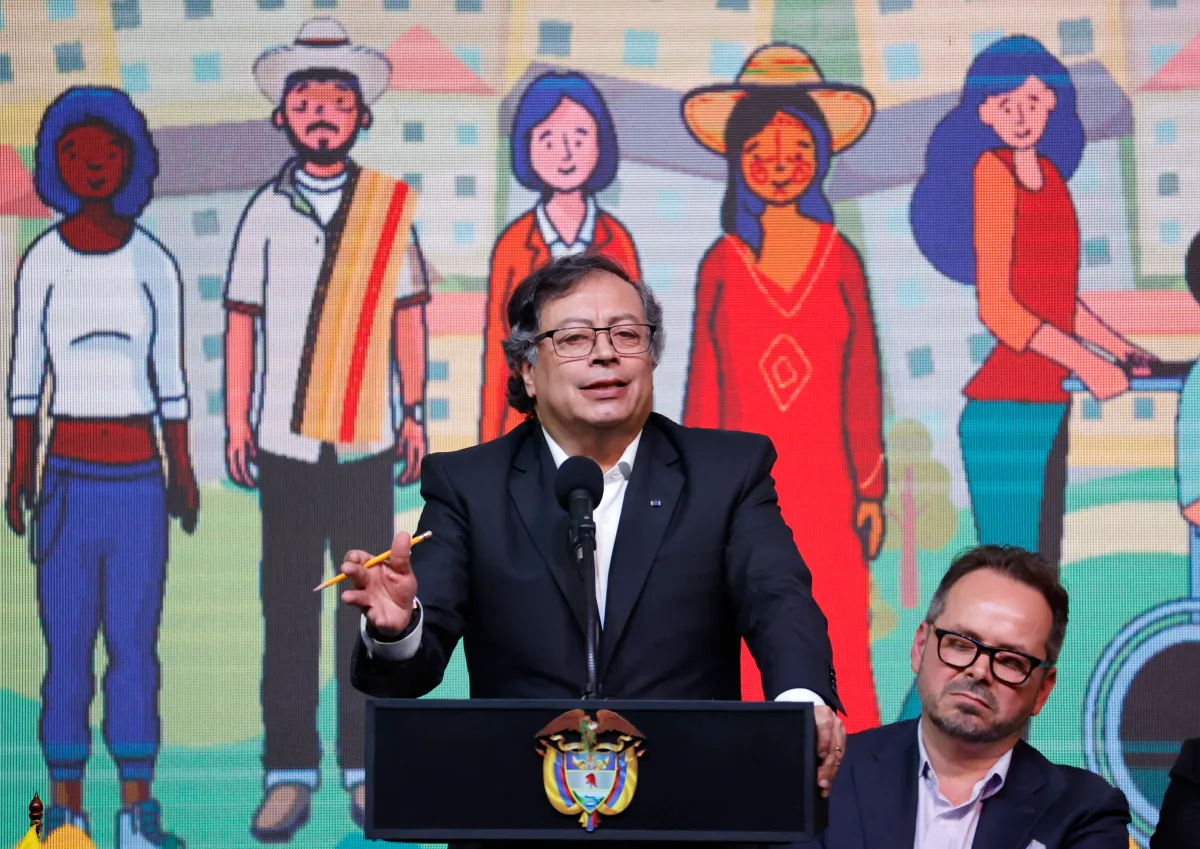
The president of Colombia, Gustavo Petro, considered this Saturday that the regional fronts of that guerrillas should participate in the peace negotiations with the National Liberation Army (ELN), such as the one that operates in the department of Nariño (southwest) and that has unleashed a crisis in the dialogues.
“Without disred of the regional dialogue to build a Nariño in peace that has already begun, my Government maintains the established national table as the stage for peace dialogues with the ELN. It is important that that table has members of the different regional fronts of the ELN to move from dialogue to definitive negotiation,” Petro said on social network X.
Last February, after extending the bilateral ceasefire for six months, during the sixth cycle of dialogues in Havana, the ELN announced that the dialogues were entering a freezing phase, something that was solved days later.
This happened because the guerrillas were opposed by the announcement of the governor of Nariño, Luis Alfonso Escobar, that regional dialogues were going to be held where a front that the ELN said had been infiltrated by state agents was allegedly also involved.
Despite the setbacks, the delegations of the Government and the ELN spoke on Friday in Caracas with representatives of the guarantor countries and companions of the peace negotiations, before the extraordinary meeting that will begin this Saturday, the press team of the armed group assured EFE.
The ELN asked this week for an “extraordinary meeting” instead of the celebration of a normal cycle due to the “critical state” of the peace process that, in the opinion of that armed group, is plunged into a “freezing.”
The Government delegation, led by Vera Grabe, traveled to Caracas on Wednesday, while the guerrilla team arrived on Thursday, led by the head of negotiations, Israel Ramírez Pineda, alias ‘Pablo Beltrán’, and also by the top commander of the ELN, Eliécer Herlinto Chamorro, alias ‘Antonio García’, who is not part of the negotiating delegation.
At the meeting, according to the Government delegation, issues on the agenda will be addressed, such as participation, ceasefire and territorial transformations, as well as substantive decisions on the future of the process.
The negotiations, which were restarted in November 2022 after four years of freezing, have gone through several ups and downs, but both sides maintain a ceasefire that will be in force until next August 3.
International
Police investigate deaths of Rob Reiner and wife as apparent homicide

The Los Angeles Police Department (LAPD) is investigating the deaths of Hollywood actor and filmmaker Rob Reinerand his wife as an “apparent homicide,” amid a wave of tributes to the director of classics such as When Harry Met Sally.
According to U.S. media reports on Sunday, Rob Reiner and Michele Singer Reiner were found dead at their Los Angeles mansion with what appeared to be stab wounds.
Several political figures shared messages of condolence following the reported deaths of the director of A Few Good Menand his wife.
While the LAPD did not officially confirm the identities of the victims, it stated that homicide detectives were dispatched to the Reiner residence.
“At this time, no additional details are available and the investigation into an apparent homicide is ongoing,” the Los Angeles Police Department said in a statement posted on social media.
LAPD Deputy Chief Alan Hamilton told reporters that no arrests have been made and that no individuals are currently being questioned as suspects.
“I’m not going to confirm whether anyone is being questioned at this moment or not. We are going to try to speak with as many family members as we can,” Hamilton said.
CNN reported that a family spokesperson confirmed the deaths of Reiner and his wife.
California Governor Gavin Newsom, former U.S. President Barack Obama, and former Vice President Kamala Harrisissued statements expressing their condolences.
International
U.S. and Mexico Reach Deal to Address Water Deficit Under 1944 Treaty

The United States and Mexico have reached an agreement to comply with current water obligations affecting U.S. farmers and ranchers and for Mexico to cover its water deficit to Texas under the 1944 Water Treaty, the U.S. Department of Agriculture said in a statement.
The department уточified that the agreement applies to both the current cycle and the water deficit from the previous cycle.
On Monday, U.S. President Donald Trump accused Mexico of failing to comply with the water-sharing treaty between the two countries, which requires the United States to deliver 1.85 billion cubic meters of water from the Colorado River, while Mexico must supply 432 million cubic meters from the Rio Grande.
Mexico is behind on its commitments. According to Washington, the country has accumulated a deficit of more than one billion cubic meters of water over the past five years.
“This violation is severely harming our beautiful crops and our livestock in Texas,” Trump wrote on Monday.
The Department of Agriculture said on Friday that Mexico had agreed to supply 250 million cubic meters of water starting next week and to work toward closing the shortfall.
Agriculture Secretary Brooke Rollins, quoted in the statement, said Mexico delivered more water in a single year than it had over the previous four years combined.
Trump has said that if Mexico continues to fall short of its obligations, the United States reserves the right to impose 5% tariffs on imported Mexican products.
Mexico’s Deputy Foreign Minister for North America, Roberto Velasco, said that a severe drought in 2022 and 2023prevented the country from meeting its commitments.
International
Several people shot in attack on Brown University campus

Several people were shot on Saturday in an attack on the campus of Brown University, in the northeastern United States, local police reported.
“Shelter in place and avoid the area until further notice,” the Providence Police Department urged in a post on X. Brown University is located in Providence, the capital of the state of Rhode Island.
U.S. President Donald Trump said on his social media platform Truth Social that he had been briefed on the situation and that the FBI was on the scene.
At 5:52 p.m. local time (11:52 p.m. GMT), Brown University said the situation was still “ongoing” and instructed students to remain sheltered until further notice.
After initially stating that the suspect had been taken into custody, Trump later posted a second message clarifying that local police had walked back that information. “The suspect has NOT been apprehended,” the U.S. president said.
-

 International5 days ago
International5 days agoWashington declares State of Emergency as atmospheric river brings severe flooding
-

 International5 days ago
International5 days agoU.S. to require five-year social media history from tourists under Visa Waiver Program
-

 Central America4 days ago
Central America4 days agoHonduras election crisis deepens as CNE president denounces intimidation attempts
-

 Central America5 days ago
Central America5 days agoOAS and EU urge honduran political actors to respect vote results and avoid unrest
-

 International4 days ago
International4 days agoCuba battles out-of-control dengue and chikungunya epidemic as death toll rises to 44
-

 International4 days ago
International4 days agoColombia says it would not reject Maduro asylum request as regional tensions escalate
-

 International2 days ago
International2 days agoSeveral people shot in attack on Brown University campus
-

 International11 hours ago
International11 hours agoPolice investigate deaths of Rob Reiner and wife as apparent homicide
-

 International4 days ago
International4 days agoEcuador on track for record violence as homicides hit highest level in Latin America again
-

 International5 days ago
International5 days agoSix ecuadorian soldiers jailed pending trial for alleged extrajudicial execution
-

 Central America23 hours ago
Central America23 hours agoPanama seizes over three tons of drugs hidden in Caribbean port container
-

 Central America11 hours ago
Central America11 hours agoOAS urges swift recount in Honduras as election results remain uncertain
-

 International2 days ago
International2 days agoU.S. and Mexico Reach Deal to Address Water Deficit Under 1944 Treaty



























